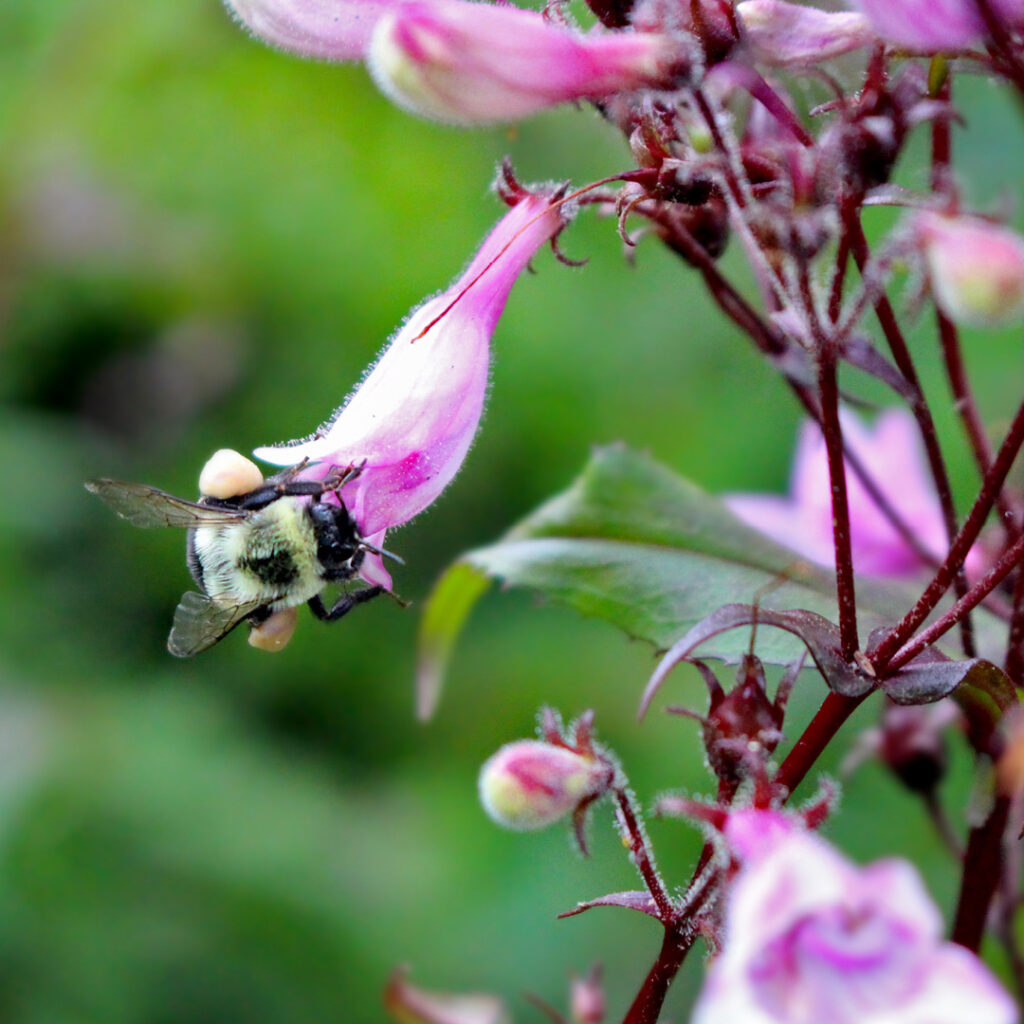Rain gardens are more than just picturesque additions to a landscape; they are powerful tools for sustainability and environmental stewardship. In a time when climate change is a pressing concern, rain gardens offer a practical solution to mitigate stormwater runoff, promote biodiversity, and enhance the beauty of outdoor spaces. Let’s explore what rain gardens are, their benefits, how to design and build one, and why they are essential for both urban and suburban environments.
What are Rain Gardens?
Rain gardens are shallow, landscaped depressions designed to capture, absorb, and filter rainwater runoff from roofs, walkways, driveways, and other impervious surfaces. By mimicking a natural water filtering process, they help reduce the volume and velocity of stormwater runoff, thus preventing erosion, flooding, and pollution of water bodies.
Benefits of Rain Gardens
- Stormwater Management: Rain gardens act as natural sponges, absorbing excess rainwater and allowing it to infiltrate the soil. This helps restore groundwater supplies and reduces the burden on stormwater infrastructure.
- Water Quality Improvement: As rainwater percolates through the soil in a rain garden, it undergoes filtration, removing pollutants and contaminants before reaching groundwater or nearby water bodies.
- Habitat Creation: Rain gardens provide valuable habitat for native plant species, pollinators, and other wildlife, promoting biodiversity and ecological resilience.
- Aesthetic Appeal: With their diverse array of plants, textures, and colors, rain gardens enhance the visual appeal of outdoor spaces, creating vibrant landscapes that change with the seasons.
- Climate Resilience: By reducing runoff and increasing infiltration, rain gardens help ease the impacts of extreme weather events, such as heavy rainfalls and flash floods, associated with climate change.
Designing and Building a Rain Garden
- Site Selection: Choose a location for your rain garden that receives runoff from impervious surfaces, such as roofs or driveways, and has well-draining soil. Rain gardens should be situated at least ten feet from the foundation of a house or building.
- Size and Shape: Determine the size and shape of your rain garden based on the amount of runoff it will receive and the available space. Typically, rain gardens are shallow depressions with gently sloping sides.
- Soil Preparation: Amend the soil in the rain garden area with compost or organic matter to improve drainage and fertility.
- Plant Selection: Select native plants adapted to local soil and climate conditions, with a mix of species that can tolerate both wet and dry periods.
- Mulching: Apply a layer of mulch, such as shredded bark or wood chips, to the surface of the rain garden to suppress weeds, retain moisture, and enhance soil health.
- Maintenance: Regular maintenance, including weeding, watering during dry spells, and occasional pruning, is essential to keep your rain garden healthy and thriving.
Plants for the Mid-Atlantic Rain Garden
Rain gardens are fantastic for managing stormwater runoff and supporting local biodiversity. Here are some great plant options for rain gardens in the Mid-Atlantic region that will thrive in moist conditions:
Perennials:
Beardtongue (Penstemon)
Blue-Star Flower (Amsonia hubrectii)
Coneflower (Echinacea spp.)
False Blue Indigo (Baptisia australis)
Ferns:
Christmas Fern (Polystichum acrostichoides)
Cinnamon Fern (Osmunda cinnamomea)
Royal Fern (Osmunda regalis)
Sensitive Fern (Onoclea sensibilis)
Grasses:
Big Bluestem (Andropogon gerardii)
Little Bluestem (Schizachyrium scoparium)
River Oats (Chasmanthium latifolium)
Switchgrass (Panicum spp.)
Shrubs:
Northern Bayberry (Myrica pensylvanica)
Spicebush (Lindera benzoin)
Sweetshrub (Calycanthus floridus)
Winterberry Holly (Ilex verticillate)
Trees:
American Holly (Ilex opeca)
Eastern Redbud (Cercis canadensis)
River Birch (Betula nigra)
Serviceberry (Amelanchier canadensis)
Remember to consider the specific conditions of your rain garden, such as sunlight exposure and soil type, when selecting plants. Additionally, incorporating a variety of species, such as native trees, shrubs, perennials, grasses, and ferns, can help provide habitat for diverse wildlife and promote ecosystem resilience.
In addition to their beauty and beneficial plant diversity, rain gardens play a crucial role in promoting community resilience and fostering a deeper connection to the natural world. By creating and maintaining rain gardens, individuals, neighborhoods, and municipalities can contribute to broader efforts to combat climate change, protect water resources, and create more sustainable, livable communities.







